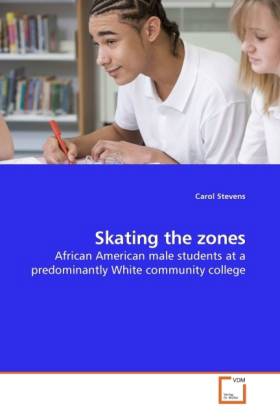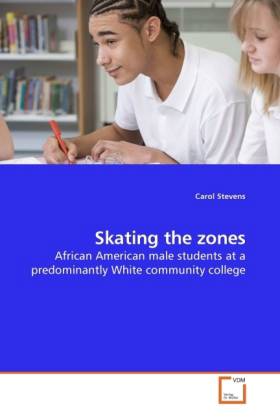
Door een staking bij bpost kan je online bestelling op dit moment iets langer onderweg zijn dan voorzien. Dringend iets nodig? Onze winkels ontvangen jou met open armen!
- Afhalen na 1 uur in een winkel met voorraad
- Gratis thuislevering in België vanaf € 30
- Ruim aanbod met 7 miljoen producten
Door een staking bij bpost kan je online bestelling op dit moment iets langer onderweg zijn dan voorzien. Dringend iets nodig? Onze winkels ontvangen jou met open armen!
- Afhalen na 1 uur in een winkel met voorraad
- Gratis thuislevering in België vanaf € 30
- Ruim aanbod met 7 miljoen producten
Zoeken
Omschrijving
Six African American male community college students share their innermost thoughts and adjustment experiences at a predominantly White community college. Steeped in the qualitative tradition, the researcher does not stand aloof. She tells each student's story using "poetic transcriptions" and blends in her experiences, and faculty voices against a backdrop of historical, and sociological insights. Improving the plight of Black males in higher education may be one of the most crucial challenges since Civil Rights. It is therefore fitting that we listen to the voices of these young men as they "skate the zones"-- adapting varying roles and identities and making sense of daily interactions with family, friends, and faculty. Themes uncovered from the analyses point out the importance of early family and neighborhood experiences, the persistence of racial bariers even with mutually positive intent, and the heterogeneous nature of Black male identity. Some exemplary strategies and programs are presented in the final chapter.
Specificaties
Betrokkenen
- Auteur(s):
- Uitgeverij:
Inhoud
- Aantal bladzijden:
- 204
- Taal:
- Engels
Eigenschappen
- Productcode (EAN):
- 9783639213430
- Verschijningsdatum:
- 28/01/2010
- Uitvoering:
- Paperback
- Formaat:
- Trade paperback (VS)
- Afmetingen:
- 152 mm x 229 mm
- Gewicht:
- 303 g

Alleen bij Standaard Boekhandel
+ 155 punten op je klantenkaart van Standaard Boekhandel
Beoordelingen
We publiceren alleen reviews die voldoen aan de voorwaarden voor reviews. Bekijk onze voorwaarden voor reviews.











